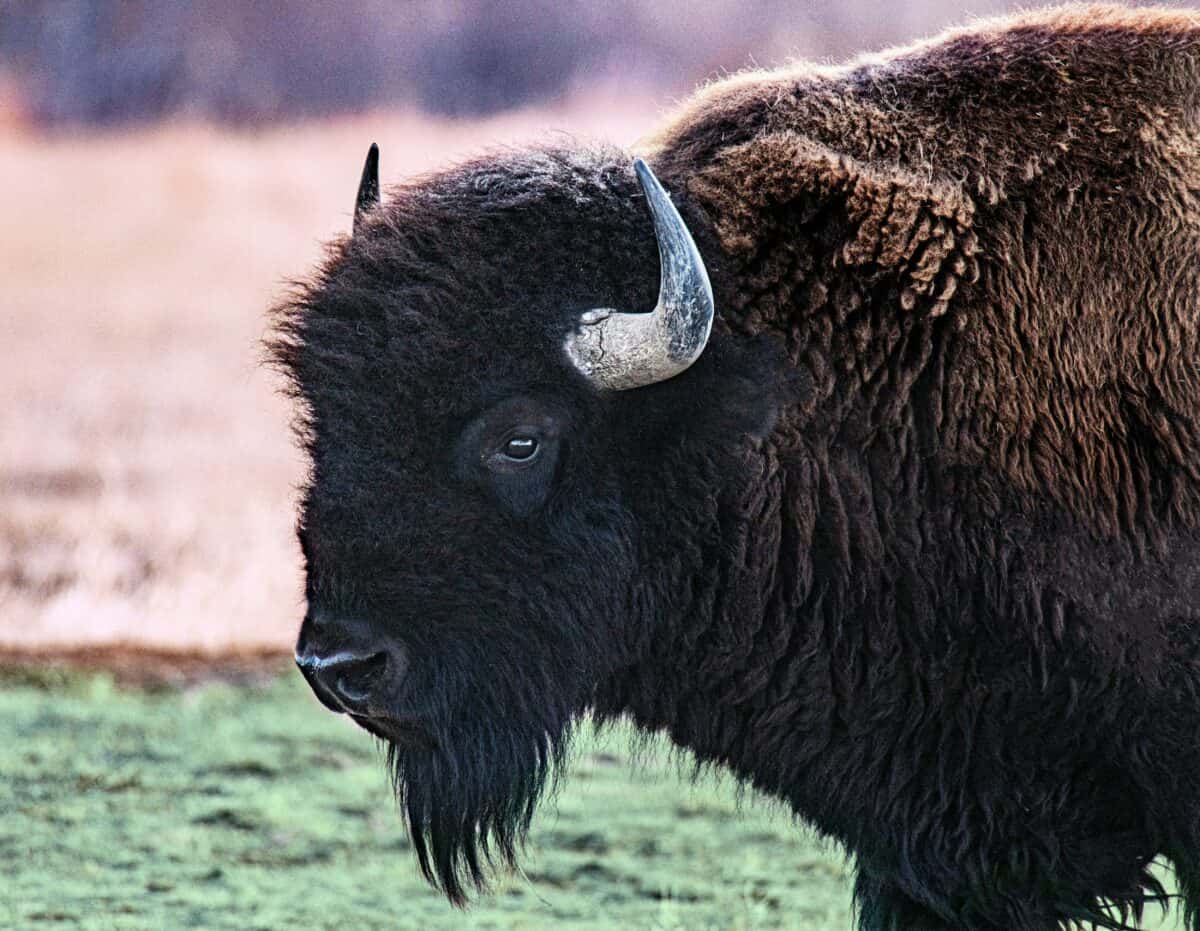The bison is the largest land animal in all of North America, and although they’re amazing to witness – you should do so from a looong distance. Here’s 10 reasons why shouldn’t approach bison under any circumstances.
#1 Unpredictable behavior
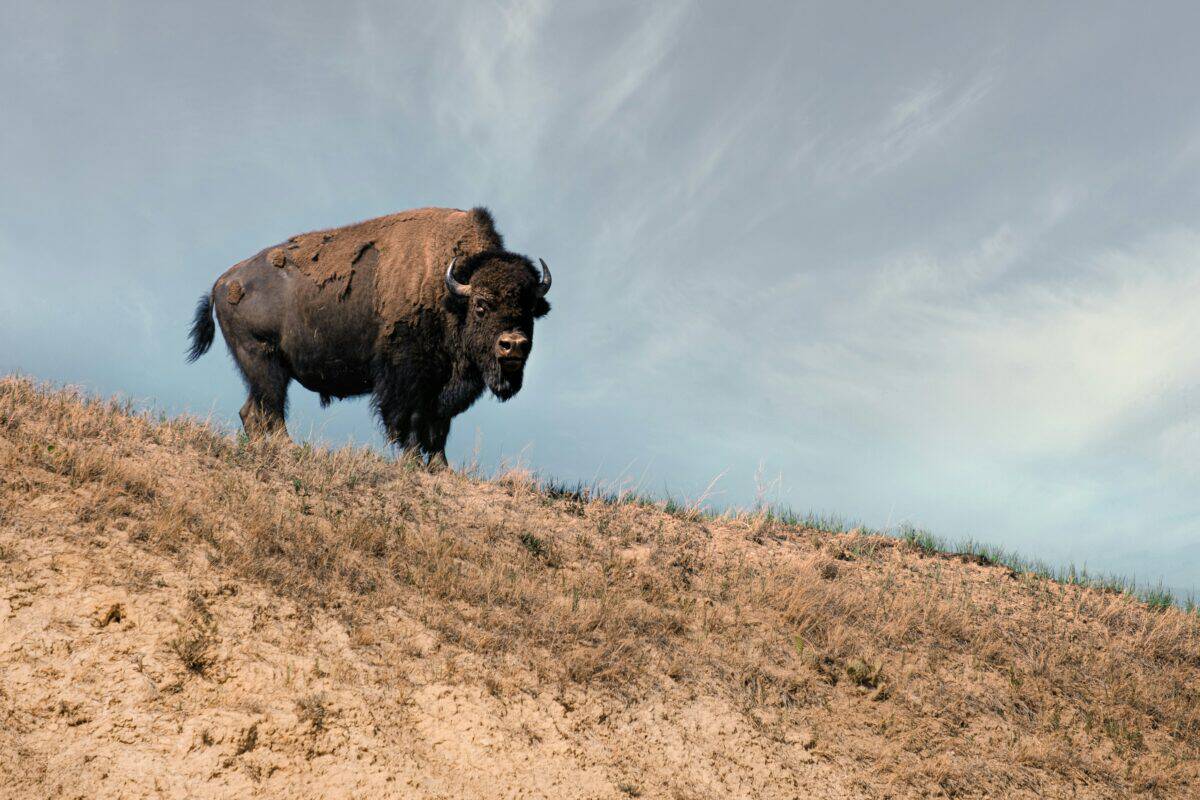
Even though bison may remind you of mellow cows grazing in a meadow, you must remember that they are way more unpredictable than their cow-cousins.
They might seem calm, but in the wink of an eye and without warning their mood can change and they’ll quickly turn from cute to terrifying.
#2 They’re Much Faster Than You’d Think
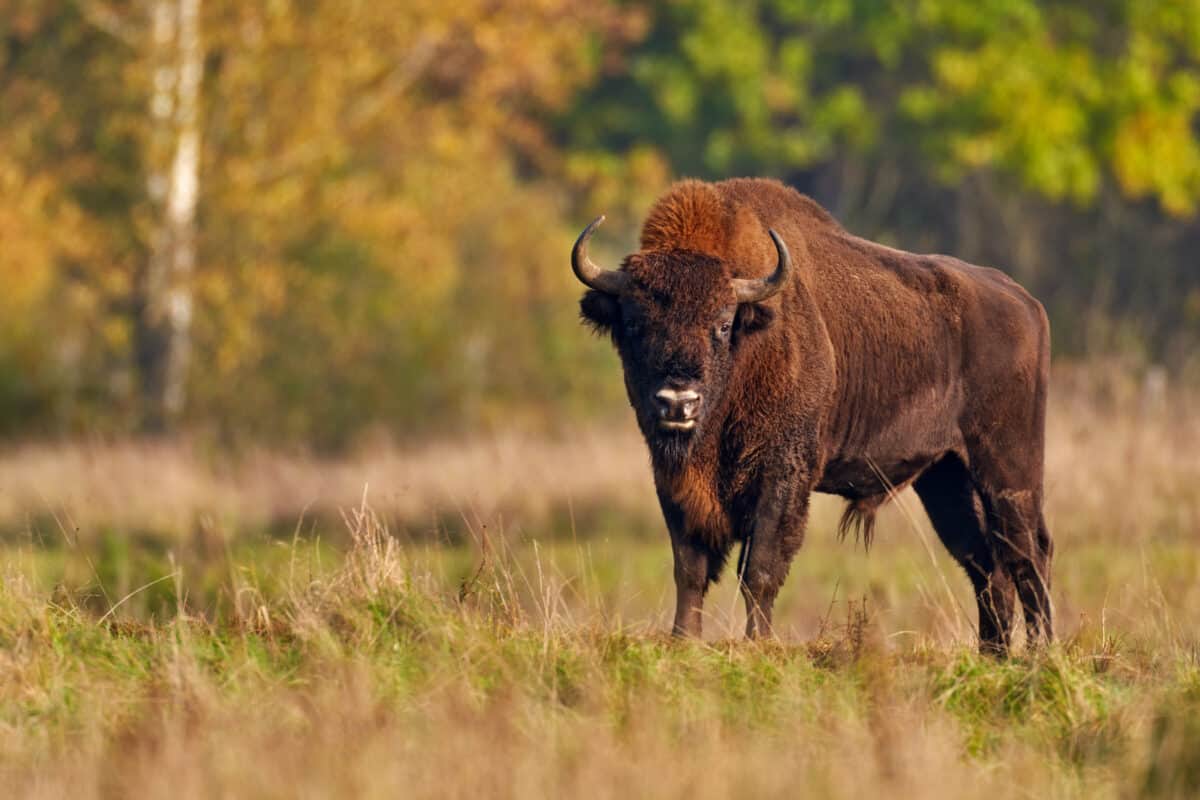
It’s easy to underestimate a bison’s speed. Bison can run up to 35 miles per hour, much faster than the average human. If a bison decides to charge, it is very difficult to escape safely.
#3 Fluffy But Chunky
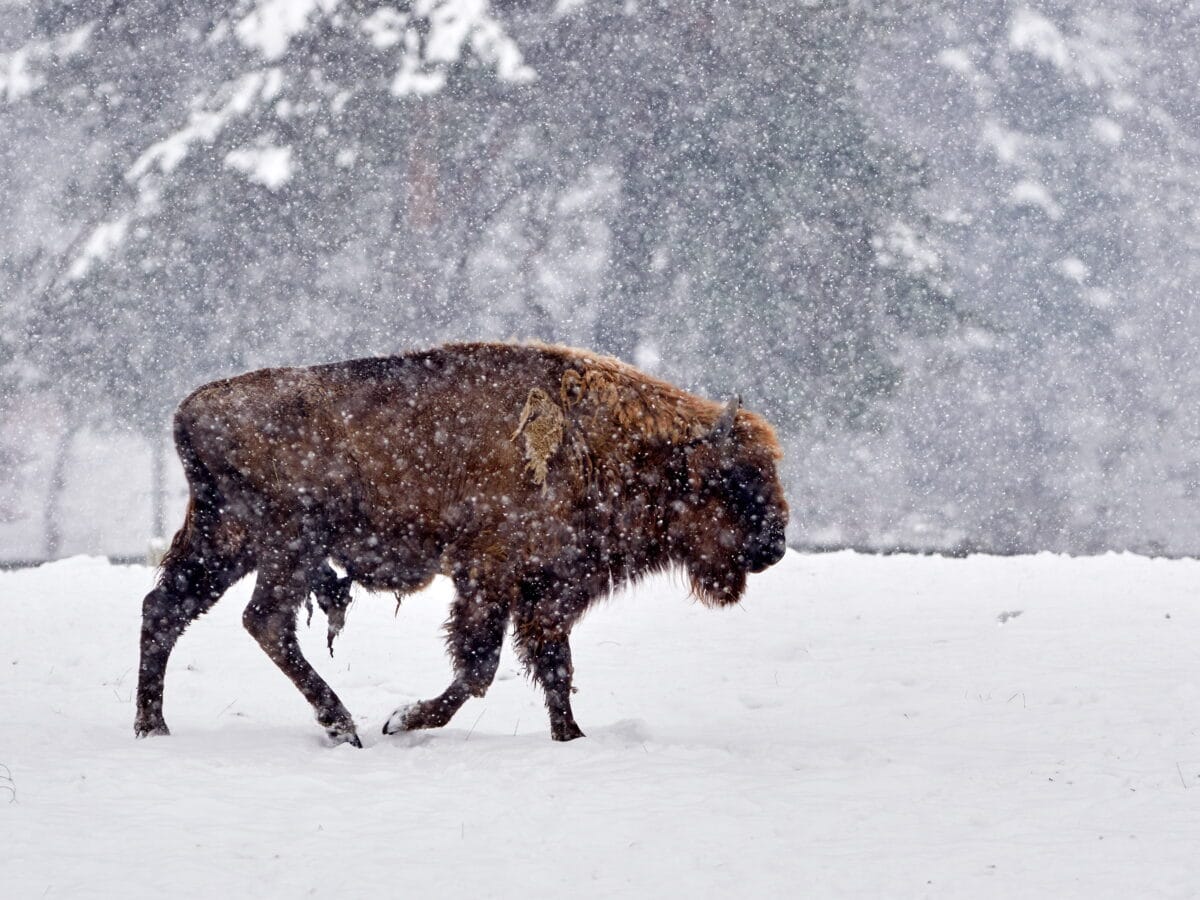
An adult bison can weigh between 1,000 to 2,000 pounds. Even a seemingly gentle nudge can result in serious injuries – and if they’re charging at you (which they probably might if you approach them) it’s quite literally like being hit by a bus.
#4 Seriously Protective of Their Young
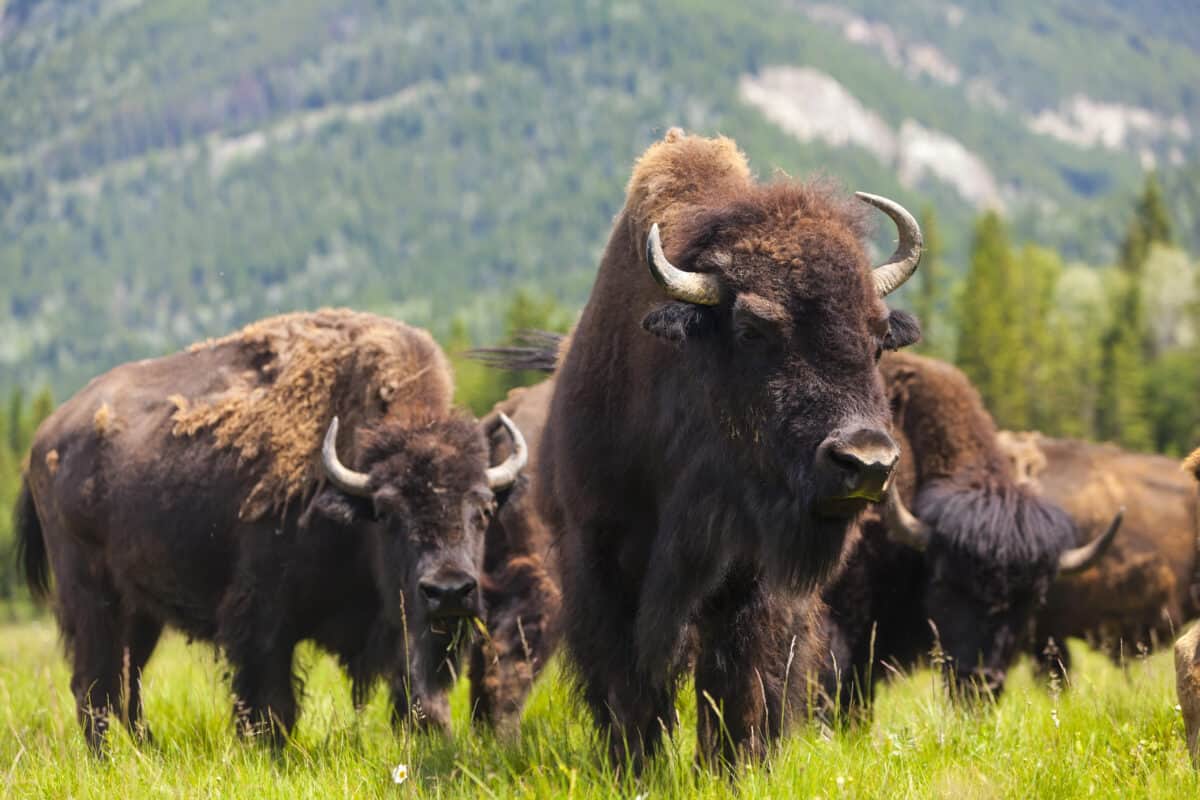
Bison are particularly protective of their calves. Approaching a calf, even unintentionally, can provoke a defensive and potentially violent reaction from the mother or even the entire herd.
#5 Particular About Their Private Space
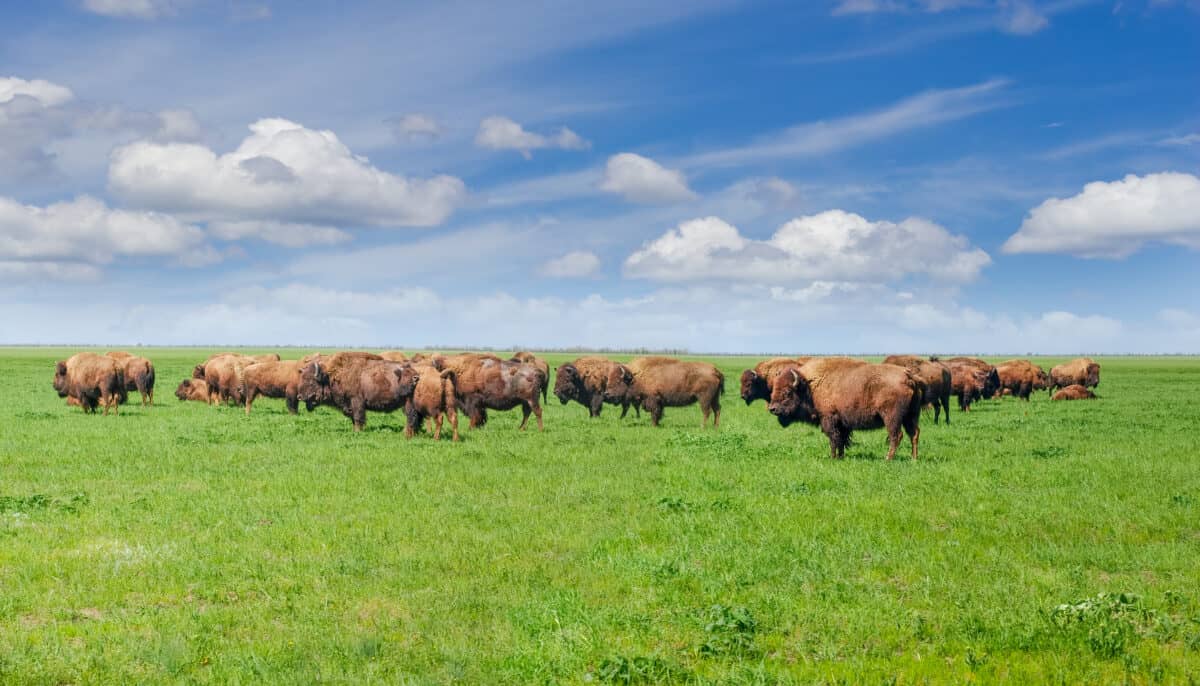
Bison have a strong instinct to defend their space. If you encroach on their territory, you’re in big trouble, no matter what species you are. Invading what they see as their land will make them see you as a threat and act aggressively to defend it.
#6 Possible Disease
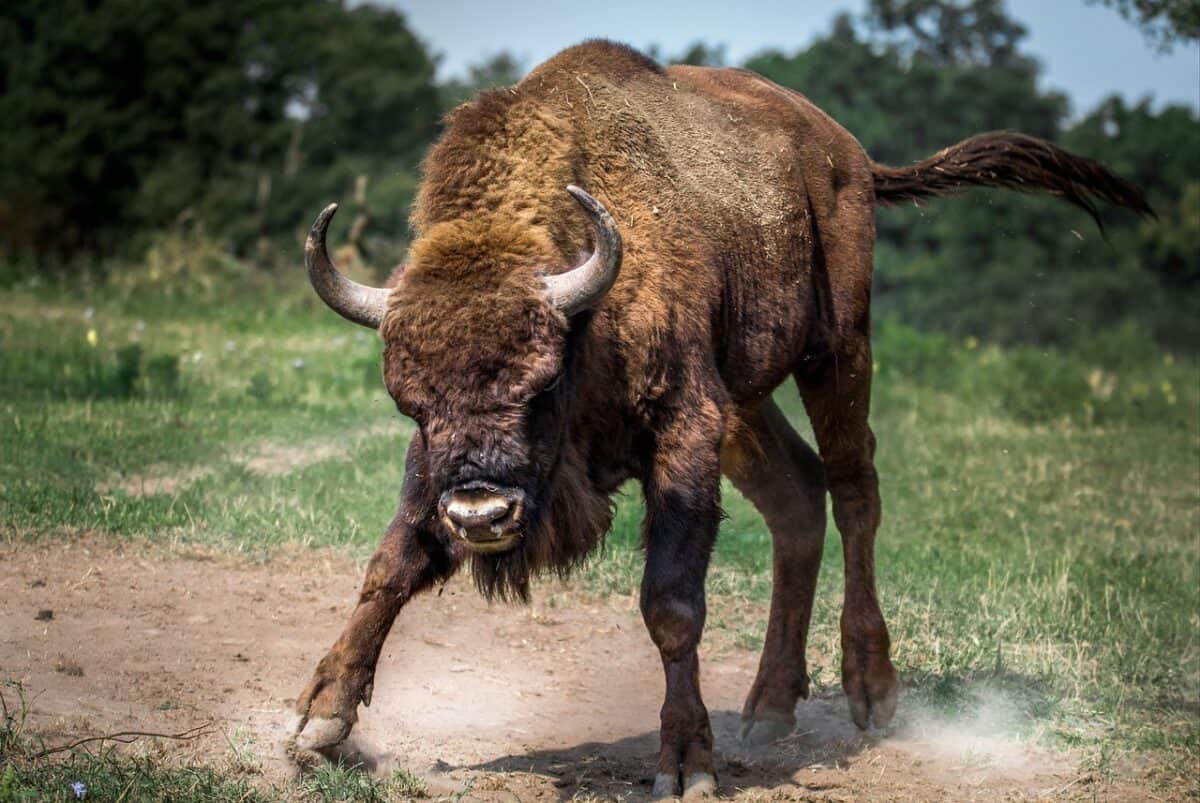
Other than maybe accidentally crushing you, a bison could also pass on some nasty diseases (because yes they can carry diseases that are transmittable to humans.) Getting too close could expose you to serious health risks like brucellosis, which can lead to fever, joint pain, and fatigue.
#7 Miscommunication Leading to Altercation
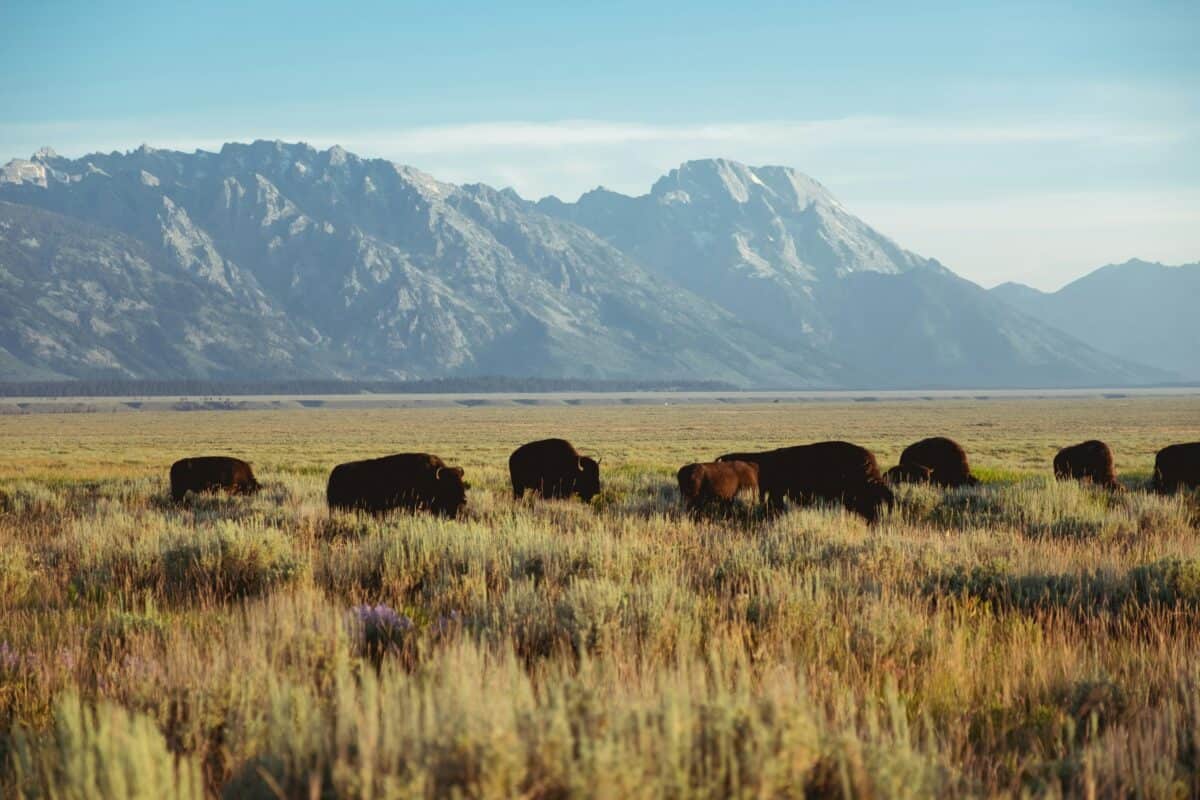
Bison don’t communicate the same way as humans do, and without knowing it, you could accidentally challenge one to a fight. Making eye contact or waving arms can be misinterpreted by a bison as a challenge or a threat, leading to a charge.
#8 Hard to Shake Off
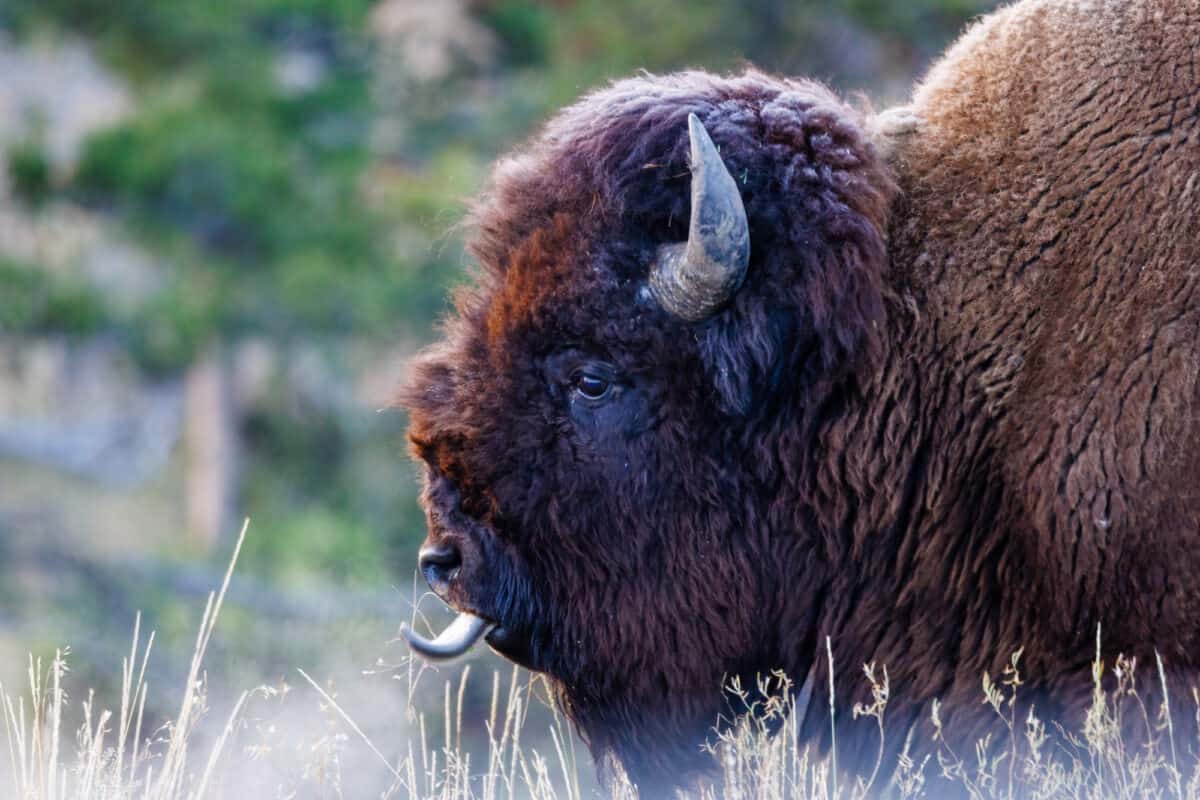
Once a bison charges, it is hard to deter. They are not easily scared away by noises or other deterrents that might work on smaller animals.
#9 Potential Death (and Yourself to Blame)
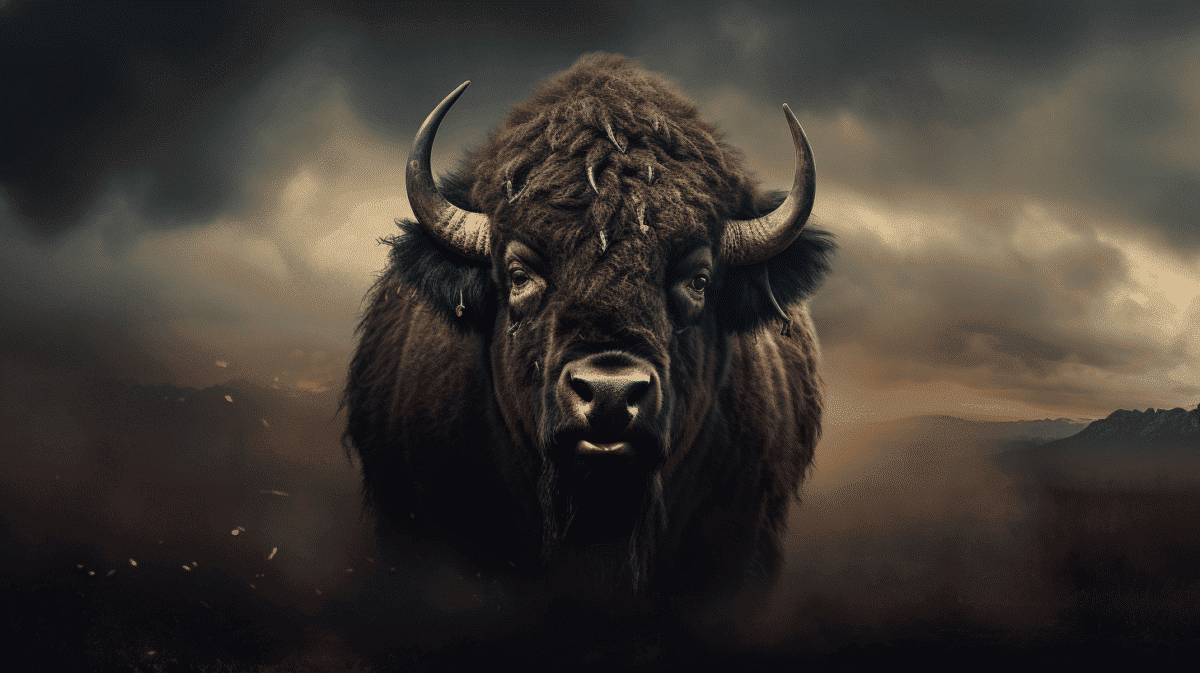
Bison encounters can lead to severe injuries or even fatalities. They’re extremely powerful wild animals, and physical injuries from a bison attack can be life-threatening. But what’s perhaps most important to remember, is that the deaths that have occurred, have been due to humans approaching and disturbing one.
#10 Legal Consequences
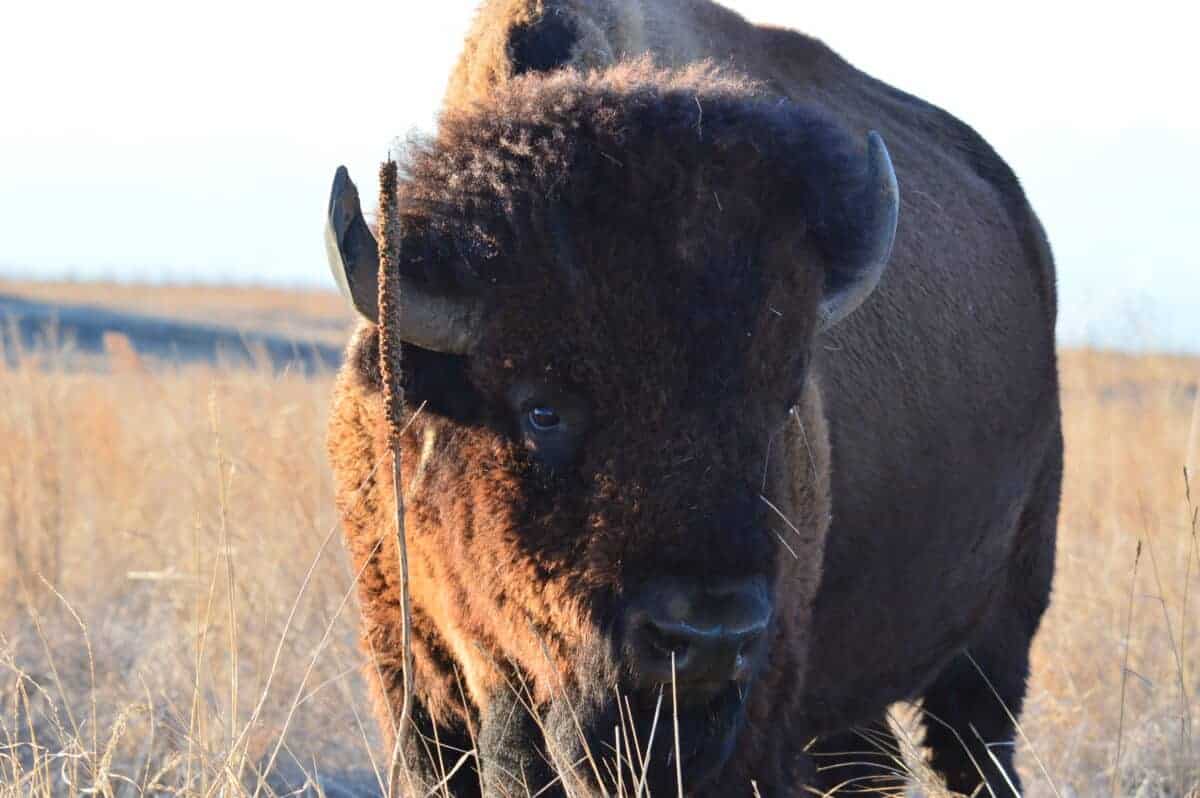
Other than risking your life and your health, approaching a bison can lead to some hefty fines and legal consequences. These laws are crucial as they ensure the safety of these animals and the protection they deserve.
Learn More About Bison
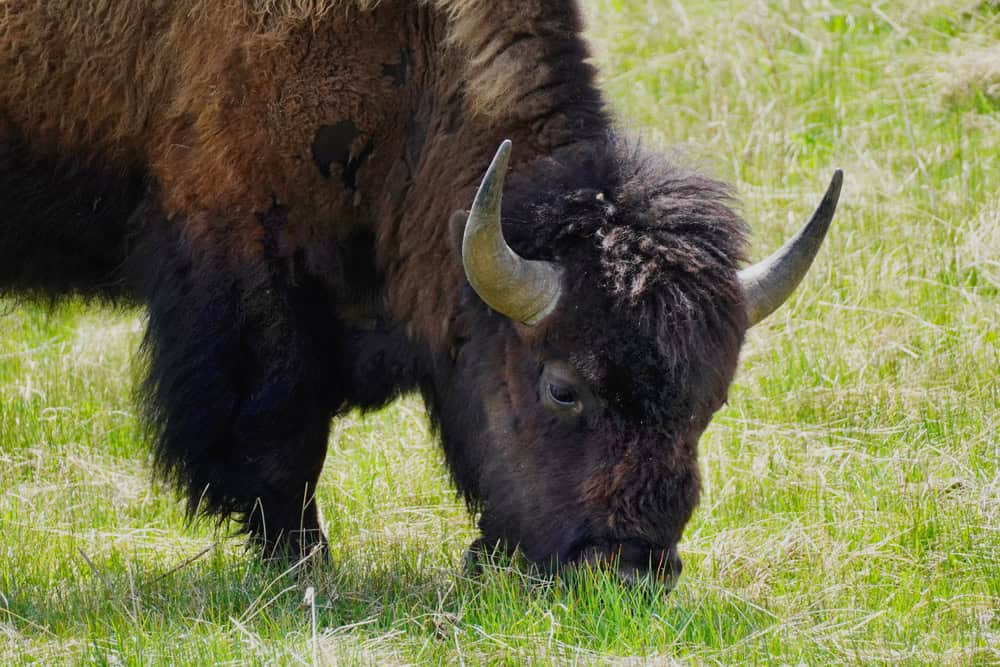
What are bison?

Bison, often called buffalo, are large, hump-backed herbivores native to North America and Europe. These majestic creatures are known for their impressive size, thick fur, and iconic presence in grassland ecosystems.
How big do bison get?

Adult male bison, or bulls, can weigh up to 2,000 pounds and stand about 6 feet tall at the shoulder. Females, or cows, are generally smaller, weighing around 1,000 pounds and standing 5 feet tall
How fast can bison run?

Bison might look slow and lumbering, but don’t let their bulk fool you. These powerful animals can sprint at speeds of up to 35 miles per hour, making them deceptively quick and agile when provoked or startled.
How strong are bison?
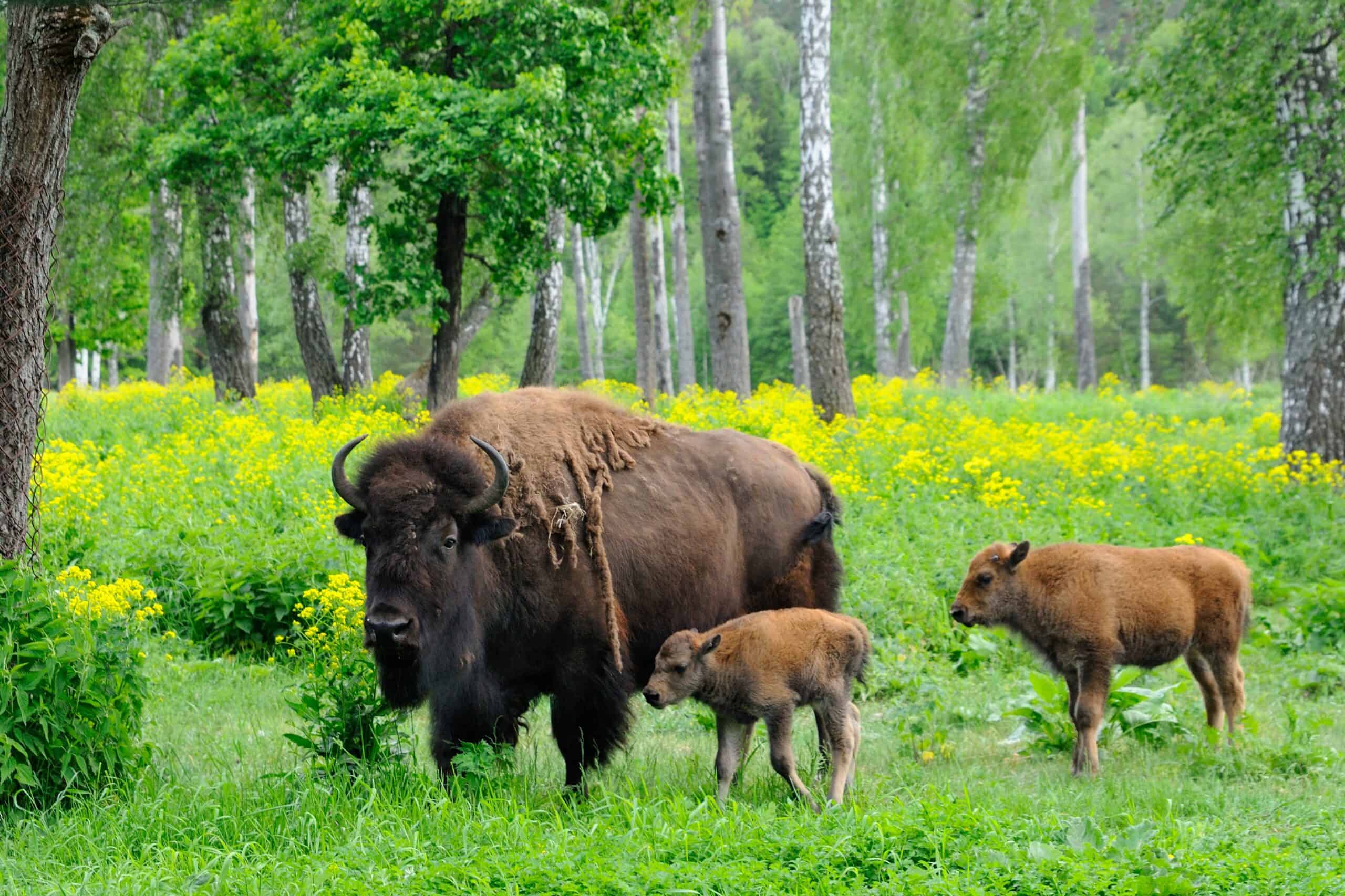
Bison are incredibly strong, with muscular bodies and thick necks. Their strength allows them to plow through deep snow in winter, break through ice to reach water, and fend off predators with their formidable horns and sheer size.
Are bison dangerous to humans?

Absolutely. Despite their seemingly calm demeanor, bison are unpredictable and can become aggressive if they feel threatened. Their strength and speed make them capable of inflicting serious injury with their sharp horns and powerful charges.
What do bison eat?

Bison are herbivores that primarily feed on grasses, sedges, and forbs. During winter, they use their massive heads to plow through snow to reach vegetation underneath. They also occasionally browse on shrubs and trees.
What is the significance of bison in Native American culture?

Bison hold profound cultural and spiritual significance for many Native American tribes. They are revered as symbols of abundance, strength, and survival. Historically, every part of the bison was utilized for food, clothing, shelter, and tools, playing a crucial role in the sustenance and culture of these communities.
Why You Shouldn’t Approach Bison: Conclusion
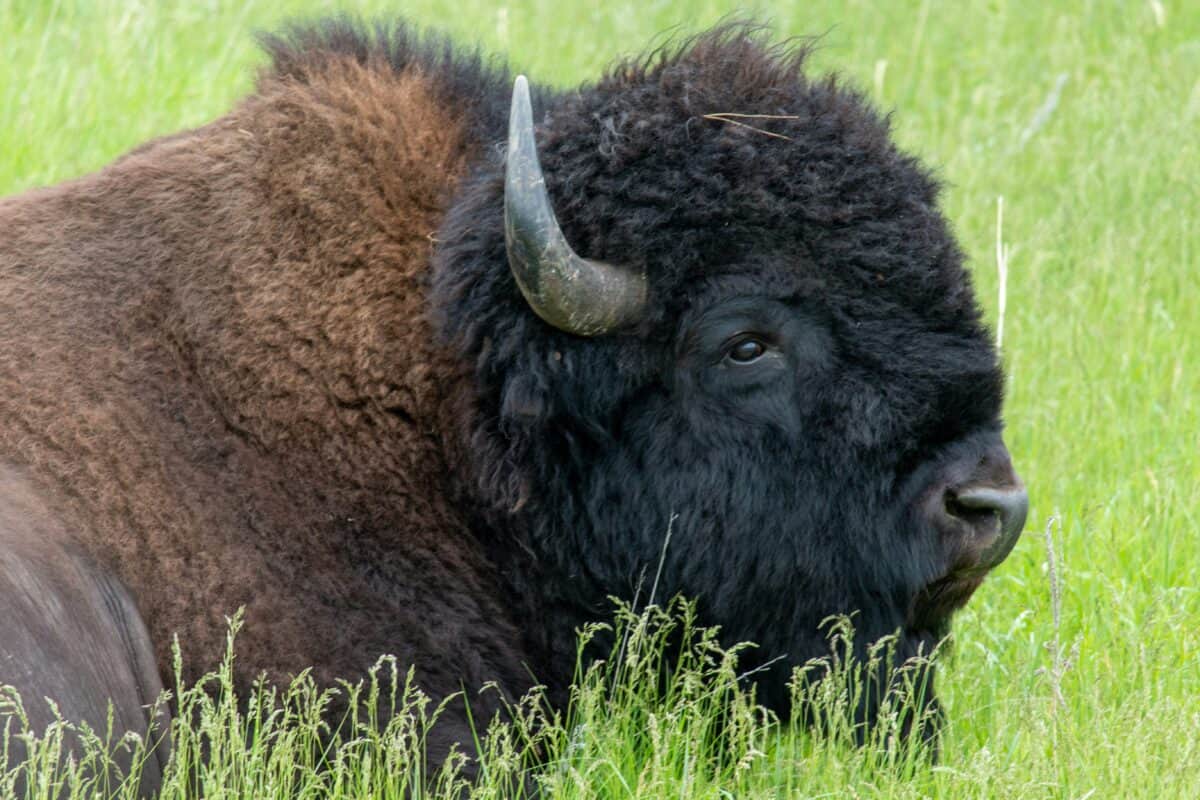
These massive creatures demand our full respect. They’re huge, fast and territorial. So, to stay safe – stay far away.
Thank you for reading this article about why you shouldn’t approach bison!
More Animal News

- Watch: Bison Waiting To Attack
- Watch: Friends Show Very Different Reactions to Approaching Bison Herd
- The History of the Invasive Bison on Santa Catalina Island
Join our Forum for free today!

- Colorado Elk Stuck Inside Tire for Years Becomes Free at Last - June 26, 2024
- Baby Alligators - June 26, 2024
- Chihuahua Police Dog Dies of Heartbreak on the Same Day as Its Partner In Crime - June 26, 2024

